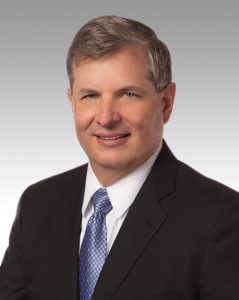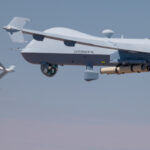
L3Harris Technologies [LHX] last Thursday evening said it swung to a profit in its third quarter largely due to the lack of impairment charges that gouged earnings a year ago. Sales in the quarter increased 16 percent to $4.9 billion with most of the gain related to revenue from Aerojet Rocketdyne, which L3Harris acquired in late July. Organic sales increased 3 percent driven by tactical communications for U.S. customers and program ramp ups in the Space, and Intelligence & Cyber…

 By
By 











